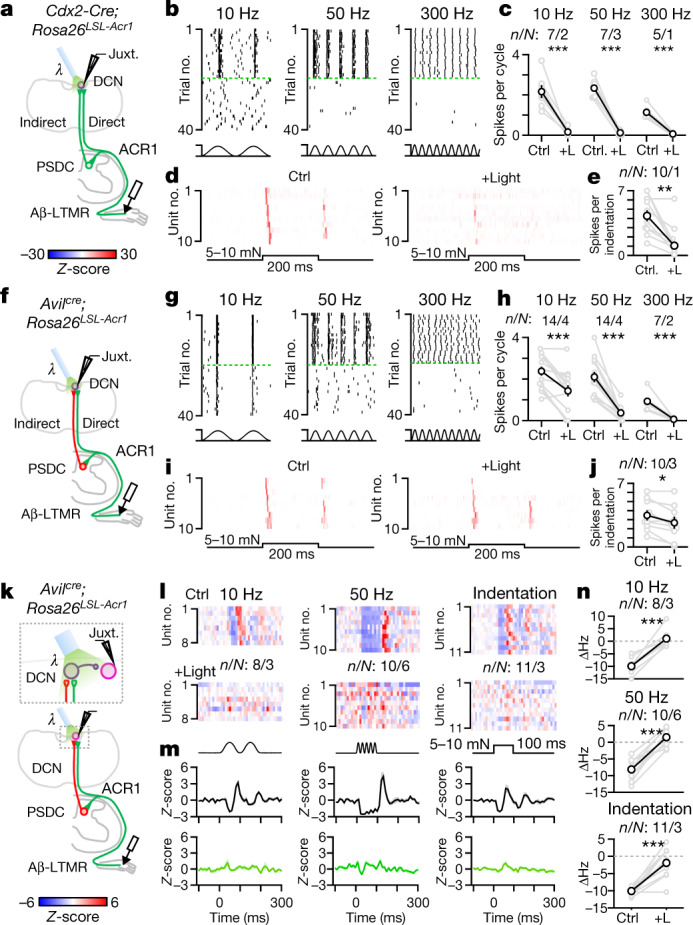Fig. 2. The direct dorsal column pathway conveys high-frequency vibration and fine spatial information to the DCN.

a, Schematic for silencing all ascending input to the DCN (direct and indirect). ACR1 was expressed in all spinal cord and sensory neurons below C2 in Cdx2-Cre;Rosa26LSL-Acr1 mice. Light was applied to terminals in the DCN to silence inputs in interleaved trials. Then 300–400 ms ramps of light (0.46 mW mm–2) preceded 100–200 ms of mechanical stimuli. b, Rasters of single random DCN unit responses to different vibration frequencies (10–20 mN) at baseline or when silencing all input. Silencing trials are sorted and separated by green broken lines. c, Average spikes per cycle during vibration at baseline (Ctrl) or when silencing (+Light (+L)) all input for individual units (grey) and mean ± s.e.m. (black). Paired t-test: 10 Hz, P < 0.001; 50 Hz, P < 0.001; 300 Hz, P = 0.001. d, Average histograms (Z-scored firing rate) for indentation (5–10 mN, 200 ms) at baseline (left) and when silencing all input (right). e, Average spikes per indentation at baseline and when silencing ascending input. Paired t-test: P = 0.002. f, Schematic for silencing the direct pathway. ACR1 was expressed in sensory neurons in Avilcre;Rosa26LSL-Acr1 mice. The remaining DCN responses are mediated by PSDC neurons. g–j, Same as b–e, but silencing the direct pathway only. Paired t-test: 10 Hz, P < 0.001; 50 Hz, P < 0.001; 300 Hz, P = 0.001; indentation, P = 0.011. k–n, Schematic for silencing the direct pathway during mechanical activation of inhibitory surrounds in random units. ACR1 was expressed in sensory neurons in Avilcre;Rosa26LSL-Acr1 mice. l, Average response of DCN units to stimulation of their inhibitory surrounds: vibration and indentation at baseline (top) or silencing the direct pathway (bottom). m, Mean ± s.e.m. of inhibitory responses across DCN units for vibration and indentation at baseline (top) or silencing the direct pathway (bottom). n, Change in firing rate for units when stimulating the inhibitory surround at baseline or silencing the direct pathway. Individual units (grey) and mean ± s.e.m. (black). Paired t-test: 10 Hz, P < 0.001; 50 Hz, P < 0.001; indentation, P < 0.001. Number of experiments are units/animals (n/N). All t-tests are two-sided.
